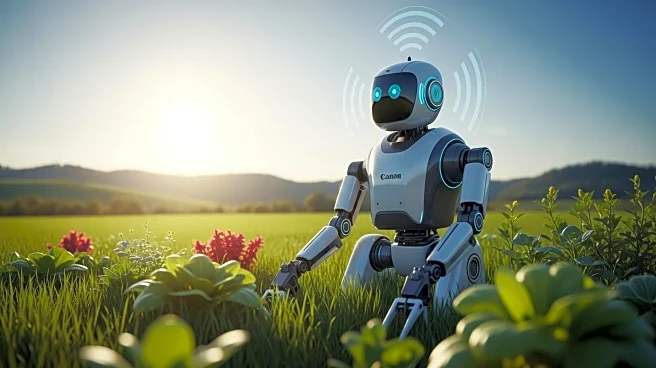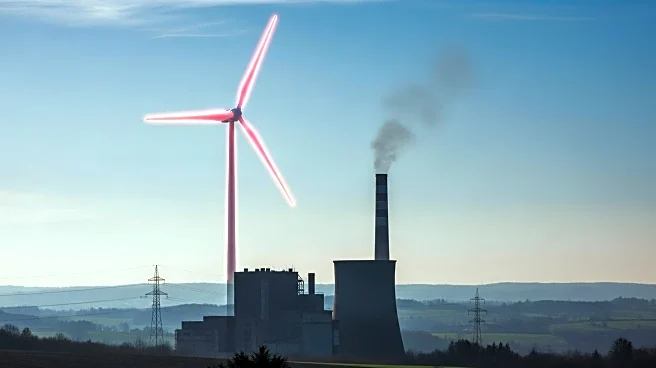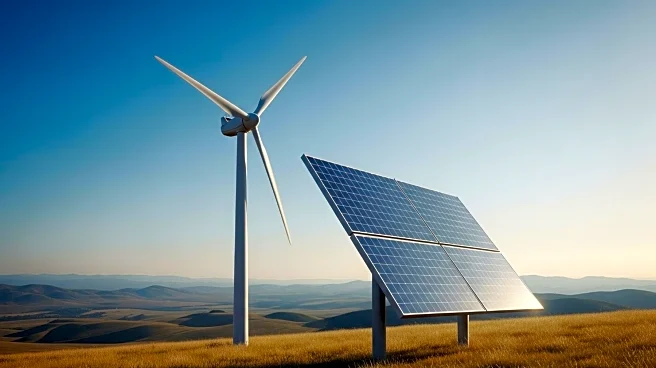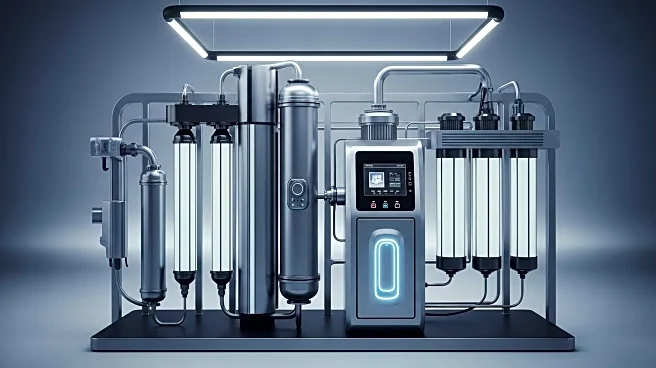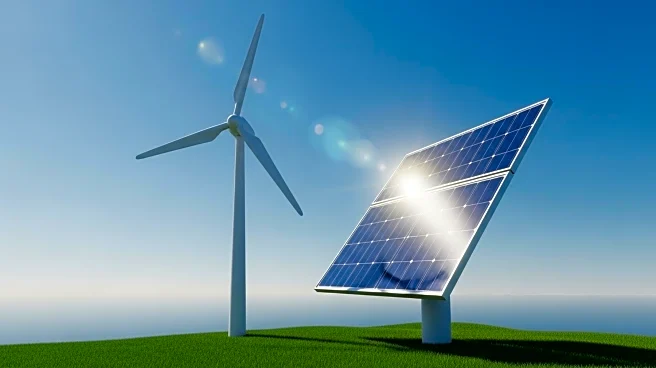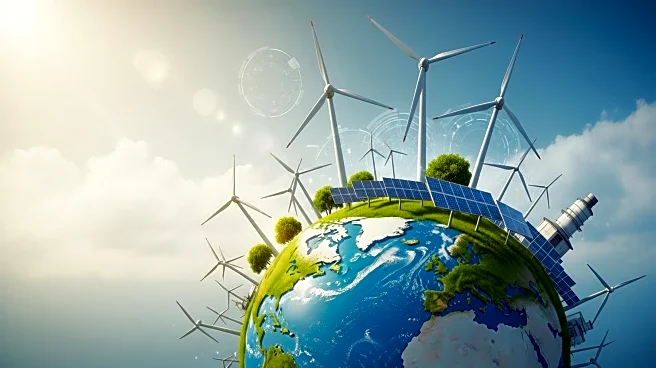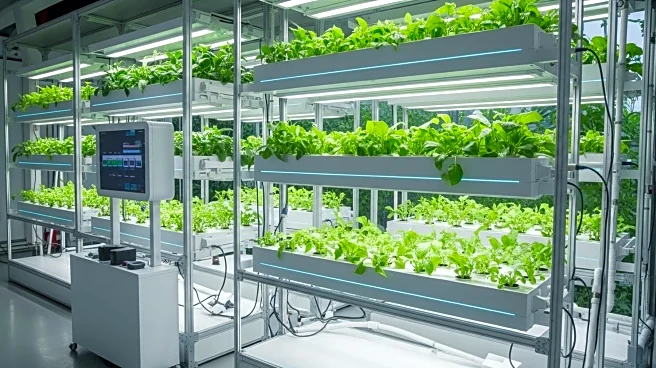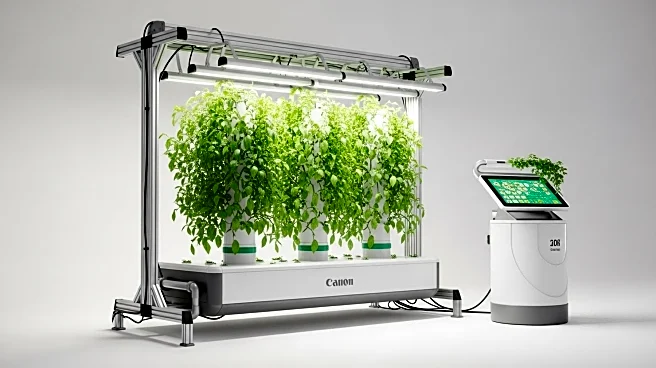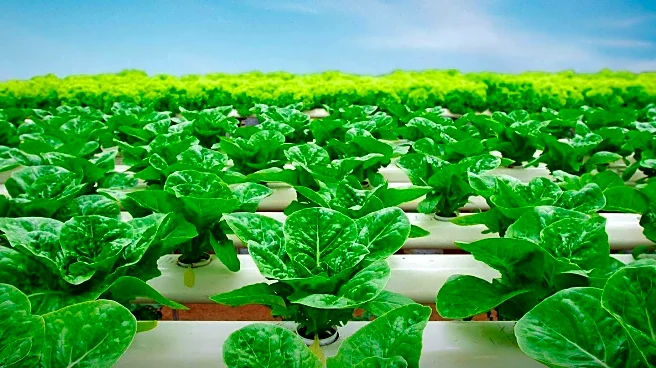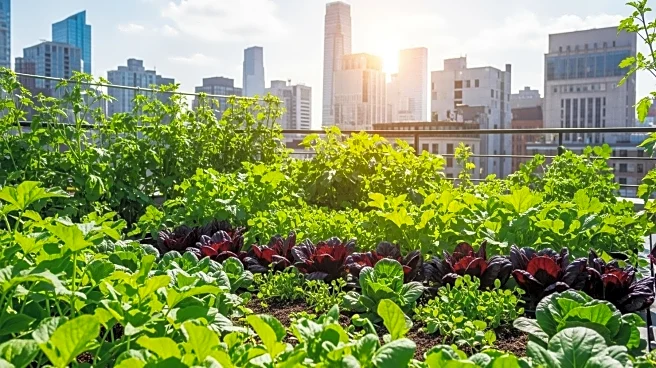What's Happening?
The global agricultural robots market is anticipated to grow significantly, reaching USD 98.64 billion by 2032, with a compound annual growth rate (CAGR) of 25.3% from 2025 to 2032. This growth is largely driven by the integration of robotics, artificial intelligence (AI), and Internet of Things (IoT) technologies into modern agriculture, which are transforming farming practices worldwide. The demand for precision agriculture and sustainable production is increasing due to challenges such as declining arable land and rising food consumption needs. Autonomous machinery, drones, and robotic arms are being adopted to enhance yield quality and efficiency in soil management, harvesting, fertilization, and pest control. North America leads the market, particularly the United States, which is at the forefront of adopting advanced drones and milking robots. Meanwhile, the Asia-Pacific region is expected to experience the fastest growth, fueled by automation investments in countries like Japan, India, and China.
Why It's Important?
The expansion of the agricultural robots market is crucial for addressing global food security challenges. As arable land becomes scarce and food demand increases, robotics offers a solution for enhancing agricultural productivity and sustainability. The adoption of AI and IoT technologies in farming allows for data-driven decision-making, improving yield efficiency and reducing waste. This technological shift is not only transforming traditional farming practices but also paving the way for smart farming innovations. The growth of this market presents significant opportunities for manufacturers and technology providers, particularly in regions like Asia-Pacific, where automation is rapidly advancing. However, high costs remain a barrier for small and medium-scale farmers, potentially limiting widespread adoption.
What's Next?
The agricultural robots market is poised for transformative growth, with North America continuing to lead in technological maturity and adoption. The Asia-Pacific region is set to become a hub for innovation, driven by government initiatives promoting smart farming. As sensor and imaging device prices fall, robotics is expected to become more accessible, opening up new opportunities for sustainable farming solutions. Companies are likely to focus on expanding their product offerings and enhancing AI and IoT capabilities to meet the evolving needs of the agricultural sector. The market dynamics suggest a future where data-driven, high-yield agriculture becomes the norm, reshaping global food production.
Beyond the Headlines
The rise of agricultural robots also raises ethical and cultural considerations, particularly regarding the displacement of traditional farming jobs and the impact on rural communities. As automation becomes more prevalent, there may be a need for policies that address workforce transitions and support for affected workers. Additionally, the environmental implications of increased technology use in agriculture, such as energy consumption and electronic waste, will need to be managed to ensure sustainable practices.

